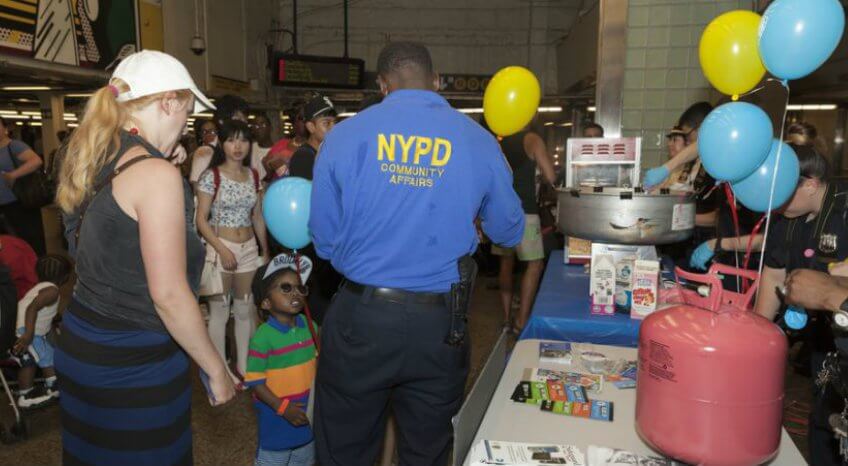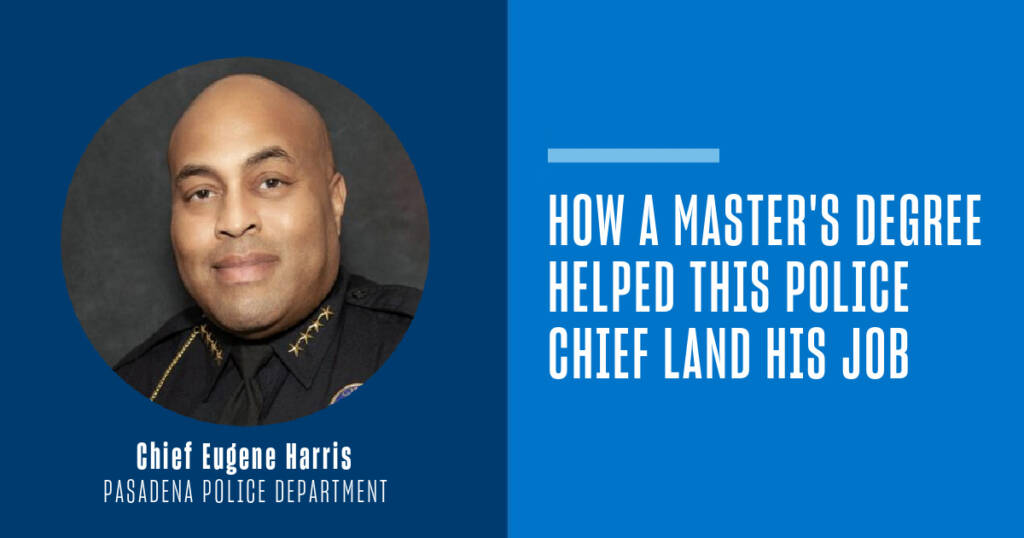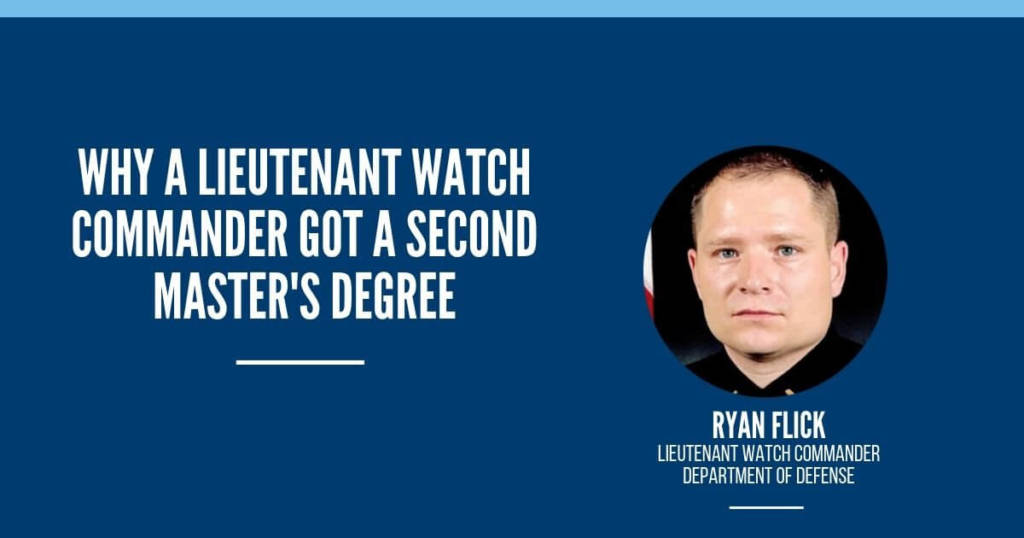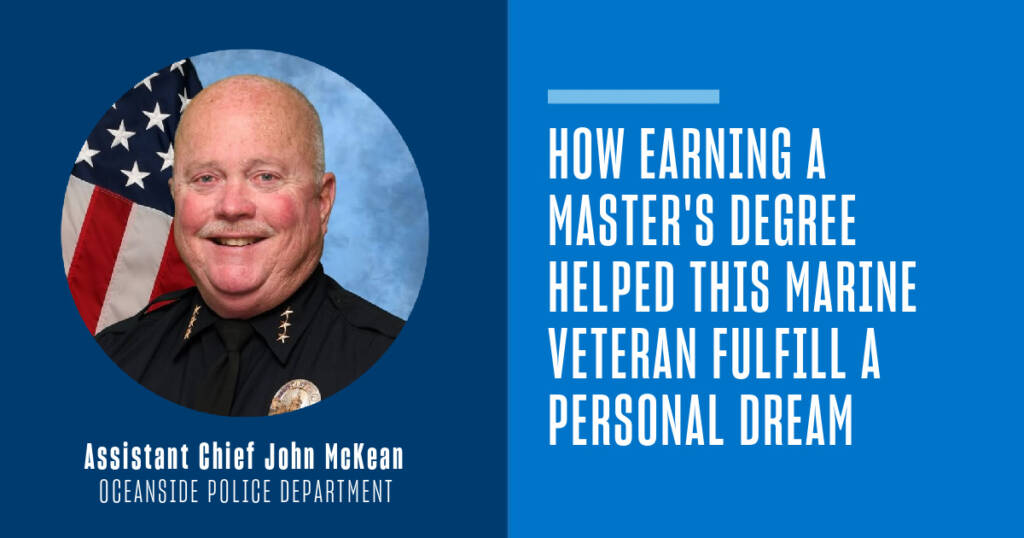On August 9, 2014, Michael Brown was shot by police officers in Ferguson, Missouri setting off protests and igniting a nationwide conversation around police community relations, race, inequality and poverty. Over time the situation has only escalated. The names Michael Brown, Eric Garner and Freddie Gray have come to represent the sharp divide and dangerous disconnect between police and the communities they have sworn to serve.
The entire nation along with the President of the United States is calling for reform and change within law enforcement. As Ron Davis, head of the Justice Department’s COPS office, said in an ABC News story: “We are without a doubt sitting at a defining moment in American policing. We have a unique opportunity to redefine policing in our democracy, to ensure that public safety is more than the absence of crime, that it must also include the presence of justice.”
To address the need for reform, the Task Force on 21st Century Policing was created in 2014 with an aim to improve public trust and collaboration while reducing crime. In accordance with this goal the Justice Department is allocating $163 Million in grants to be used towards hiring of personnel focused on building community trust; President Obama is pledging $75 million towards the purchase of 50,000 body cameras; the White House has launched a police data initiative to increase transparency; and President Obama has created a plan to inhibit the “militarization” of the police force.
Out with the Old, In with the New
A military hierarchal system with layers of bureaucracy and a reactive response to crime has been the traditional model of policing since the early 1900s. While there have been attempts to move away from this style, it has been slow and for many departments, remnants of the old hierarchal system still linger.
Yet, the events that have played out over the last year and the consequential increased scrutiny on law enforcement has highlighted and expedited the need for reform in the industry. The call to move away from a militarized like police force and towards a community oriented police force has been loud and clear.
Community Policing Defined
According to the Bureau of Justice Statistics, community oriented policing “seeks to address the causes of crime and to reduce the fear of social disorder through problem-solving strategies and police-community partnerships. Typically, it involves a greater use of foot and bicycle patrols and frequent meetings with community groups.”
In the 21st century community-policing model, there is a strong focus on relationships, pro-active policing, citizen involvement and professional development. For example, instead of patrolling city streets with their windows rolled up, police are encouraged to get out of their patrol vehicles and walk the streets, interact with the citizens and build relationships.
“Asked to describe the single thing that has been most successful for the department, Thomson [Camden County Police Chief in New Jersey] cited human contact, including having officers walking the beat, spending more time outside of their squad cars and talking to residents about what matters most to them and what has most negatively defined their lives,” as reported in a CBS News article.
Another strategy being adopted by departments is predictive policing, a modern proactive approach that employs technology, information and evidence-based intervention models to try and prevent crime before it happens or adequately prepare for it with the appropriate resources.
According to the National Institute of Justice, “The predictive policing approach does not replace traditional policing. Instead, it enhances existing approaches such as problem-oriented policing, community policing, intelligence-led policing and hot spot policing.”
Creating Change Through Education
An important initiative that has been widely hailed as a way to introduce reform and create real change is education. As the world and issues facing law enforcement personnel have changed over the years, many educational institutions have failed to keep up. What was taught 20 years ago in traditional criminal justice programs, in most cases, is still being taught today and is outdated. As we have discussed, it’s not just the education that is outdated, it’s many of the police organizations themselves.
Furthermore, many police officers simply lack the very basic training required to work in volatile situations with people from varying cultures and socio-economic backgrounds. A 2010 Police Quarterly study quoted in a MSNBC article, U.S. Police: Education levels and the use of force, “revealed that officers with some college education are less likely to resort to force (56% of the time) than those who have never attended college (68% of the time).”
And in a paper titled, The Impact of a College Educated Police Force: A review of the Literature, Dr. Rebecca Paynich remarked, “In summary, a better educated police force has been a primary component of every reform movement since key activists such as Sir Robert Peel in England in the 1800s, and August Vollmer in America in the 1900s began studying and writing about law enforcement. Having college educated officers has also been a strong recommendation of nearly every national commission and is of such importance, many agencies nationwide offer a variety if incentives to its officers to pursue higher education.”
In order to create change and be most effective, law enforcement professionals need to be adequately prepared. A master’s degree in law enforcement and public safety leadership prepares law enforcement professionals for leadership positions through training in law, finance, communication, technology, conflict resolution and community engagement. Students receive leadership and management training in today’s issues, today’s technology and for today’s workplace. A degree in law enforcement leadership offers more than a traditional criminal justice degree by focusing on current issues and offering applicable, real world, 21st century skills.
There are clearly efforts being made throughout the country to bring an outdated model of policing into the 21st century. In New Jersey, “Camden County Police Chief Scott Thomson says he wants his officers to think of themselves more like the Peace Corps and less like a military force,” according to an NPR article Obama: Camden, N.J., Police a Model for Improving Community Relations.
The University of San Diego, ranked one of the top 100 national universities by U.S. News and World Report, offers a cutting edge 100% online, master’s degree in law enforcement and public safety leadership that will prepare today’s police for the 21st century issues facing law enforcement leaders today.
For more information on our program, please visit our Program Page.




